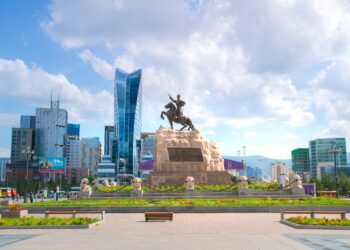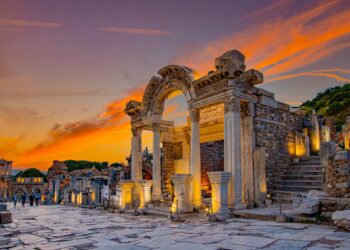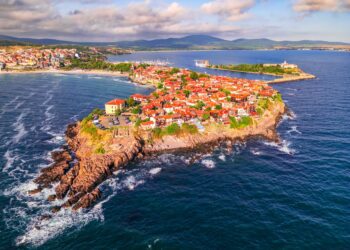Planning a trip? Abu Dhabi’s new world-class attractions are a must.
Text and photos by José Manuel Valiñas


Abu Dhabi, the capital of the United Arab Emirates, is far from being simply a playground for the rich.
Famous as one of the cities with the highest GDP per capita in the world, it remains as an irresistible tourist destination for years.
The visionary attitude of the country’s rulers (especially its founder, Zayed bin Sultan Al Nahyan, who promoted education and tolerance as the pillars of social development) goes beyond oil, the principal source of wealth in the UAE, which the emirs know will eventually become obsolete.
To this end, the government of Abu Dhabi has invested in a transformation of the city, taking it from being merely a vanguard of modern and contemporary architecture to a tourist attraction that transcends Islamic culture.
They have also sponsored projects employing solar energy to desalinate water, with the goal of, little by little, converting the desert into arable land.
Inside the majestic Abu Dhabi
Here is a brief guide to the stunning attractions that the city has to offer in 2018:
- The Corniche Walk | One of the delights of the city is this wide, five-mile pedestrian area that surrounds the western part of the island, and has parks, fountains, and a beach, where local families go to cool off from the sun. At the end of the walk lies the Museum of Islamic Art, exhibiting native culture and traditions, while on the way back you can go shopping in the Marina Mall and enjoy amusement rides, such as the Marina Eye Ferris Wheel.
- Sheikh Zayed Mosque | Named after the country’s founder, the majesty and exquisite details of the Sheikh Zayed Mosque, one of the largest mosques in the world, were completed in 2007. Its ornate marble beauty takes up an area of more than 22,000 square meters, its columns are inlaid with mother-of-pearl and precious stones, and its imposing chandeliers made of Swarovski crystal. Its impressive carpet is the largest one-piece carpet in the world, measuring 2.1 square miles, and was sewn by 1,200 Iranian women who worked on it for a number of years.
- Emirates Palace | This $3.8 billion construction is a compendium of the opulence of Abu Dhabi. Its rich colors are intended to reproduce the many shades of desert sand, and its central dome can be seen from miles away. The walls and ceilings are covered with gold leaves, a touch that can be found almost everywhere in the hotel, even in the food (visitors to the Emirates Palace consume 12.1 pounds of edible gold per month.) If you can’t afford a room, don’t worry. the hotel is also open to visitors, who can enjoy a US$20 cappucino sprinkled with 24-carat gold flakes.
- Louvre Museum | The city inaugurated its own branch of the Louvre last November and houses 300 works on loan from its Parisian counterpart along with a growing collection of artefacts assembled by the emirs, providing an intoxicating blend of East and West. Located in the Saadiyat Island Cultural District, the building, designed by French architect Jean Nouvel, occupies 24,000 square meters and is a work of art by itself. Abu Dhabi is also planning to inaugurate its own branch of the Guggenheim Museum in the near future. These are just some of the many reasons why it is worth visiting the United Arab Emirates, an example of how opulence, sustainability, and tolerance can coexist comfortably with religion.












